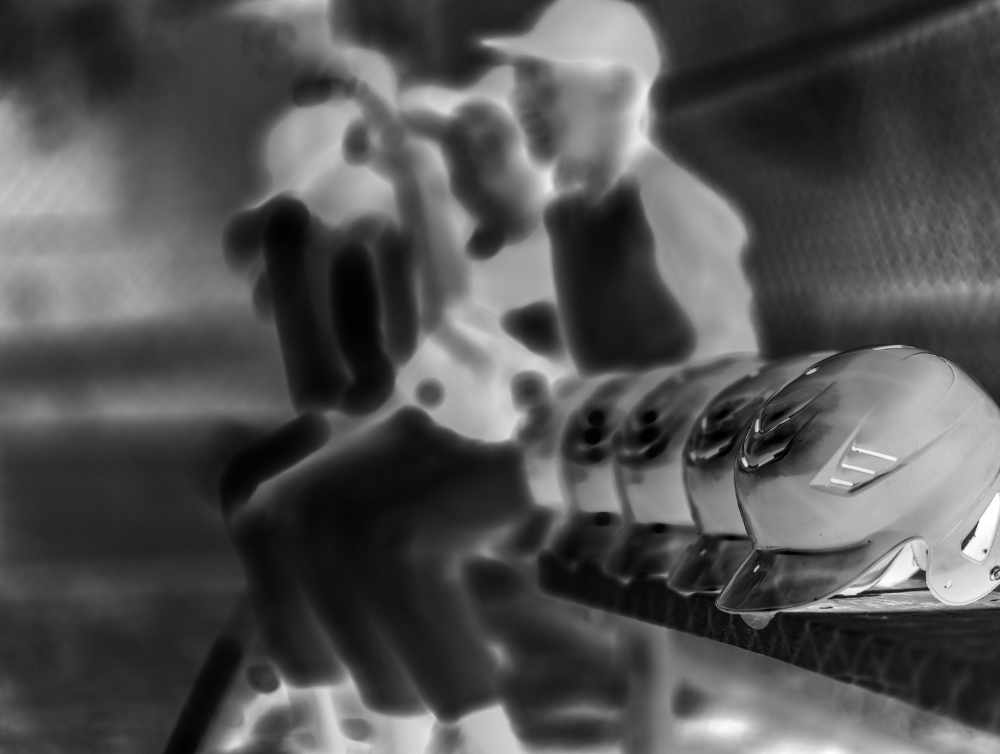This post was last updated on April 1st, 2024 at 09:51 am
Organized sports at the youth level has been the target of all sorts of criticisms in recent years, and for good reasons. Whether it’s because they’re unaffordable for many families or they put too much emphasis on winning, organized sports can sometimes do more harm than good. But there’s one issue I haven’t heard many people mention: their tendency to promote sedentary lifestyles.
I realize some readers might be wondering: How could organized sports, which are centered around physical activity, encourage people to be physically inactive? That doesn’t seem to make much sense. Well, you’ll have to hear me out.
Beware the tale of the professional athlete
First off, this is merely a hypothesis. I haven’t seen any studies that would prove my point. Then again, I’m not sure anyone has actually studied this issue. I’m basing my opinion on anecdotes and larger societal trends. Perhaps the best argument I can make is to simply point out what happens to many professional athletes after they retire from their sports. Story after story reveals how many former professional athletes quickly fall out of shape and often face serious health challenges related to poor diets and inactivity.
Many former athletes succumb to bad habits when they’re forced to transition from living in a highly structured environment to a relatively unstructured one. They never learned how to be physically active outside playing their sports. Ironically, their training regimes may have set them up for their post-retirement problems. Physical activity was a career for them, not necessarily a lifestyle.
Why a professional sports mentality harms youth sports
Youth athletes receive a message similar to the one ingrained in professional athletes, albeit on a smaller scale. Organized sports teach kids to associate physical activity with their structured training and game environments. This implicit message becomes part of the athlete’s subconscious as they work their way up from pee-wee leagues through high school.
The question becomes: How do we, as parents, counter this messaging? To be clear, I’m not saying kids shouldn’t play organized sports. That would make me a hypocrite because both our kids play organized sports. Personally, I loved Little League growing up, and I am pleased our son wants to play it. Both our daughter and son play basketball. Volleyball and cross country are also in the mix.
Rather, I believe parents should be proactive in making sure organized sports are not their children’s only source of physical activity. We should takes steps to ensure our children’s idea of being physically active extends beyond the basketball court, baseball field, soccer, football field, etc. The more limited a child’s idea of physical activity becomes, the less likely they’ll be physically active once they quit organized sports, for whatever reason, especially later in life.
The ‘freshman 15’ is not a myth
How soon does the curse of organized sports haunt kids? Well, you can see the effects of an only-organized-sports mentality among some college students who gain the notorious 15 pounds known as the “freshman 15.” Of course, there are many reasons why this happens to certain students, many of whom are leaving home for the first time and are no longer under their parents’ watchful eyes. No matter the contributing causes, the “freshman 15” is not a myth. I personally watched several of my peers who were athletes in high school quickly gain weight in college, and one commonality was they no longer played organized sports, at least not at the same level of intensity they experienced in high school.
Whether college freshmen or retired professional athletes, those who fall suddenly into sedentary lifestyles experience a similar shock in losing the structure that sports provided them. They never learned how to lead a physically active life that didn’t revolve around sports.


While there’s no guarantee anyone’s child will stay physically active into adulthood, I believe parents can help their kids avoid falling into the inactivity trap. The key is to help children at an early age understand how to be physically active outside organized sport settings. Here are five ways to do that:
01 Consider recreational leagues over travel teams
Many parents are tempted to sign up their child for travel teams, believing they’ll somehow help propel their child’s budding sports career. On the flip side, playing for a travel team can cost hundreds of dollars, and they involve traveling on weekends to far-flung destinations. Many children on these teams excel at their sports, but many are simply average players who might benefit from playing in a more laid-back, recreational environment. Recreational leagues typically play their games during the week and stay local, freeing up your weekends for other activities.
In addition, travel teams are notorious for involving overzealous parents who ruin the experience for players by treating it like tryouts for the major leagues. If you want to maximize the fun and reduce the pressure, recreational leagues are often the best way to go.
02 Play sports outside structured team practices
The greatest baseball players of yesteryear often learned how to play the game through pick-up games in their neighborhoods. Henry Aaron famously honed his batting skills by hitting bottle caps with a broomstick handle. Many Hall of Famers, such as Ted Williams, spent their summer afternoons playing games organized by themselves and other kids in their neighborhoods.
Unfortunately, neighborhood pick-up games are a rarity nowadays, perhaps because parents see little value in them. Also, kids have video games and many other entertainment options. A general lack of trust among neighbors has also led to the demise of the neighborhood Wiffle ball game. However, this shouldn’t stop you, the parent, from playing catch with your kids or hitting the volleyball with them in the backyard. By playing sports with your kids outside organized settings, you’re showing your child that they don’t need to be in a structured setting to enjoy sports. They can play whenever they want.
03 Allow for plenty of unstructured playtime (without screens)
I believe our culture embraces organized sports, in large part, because they offer the possibility of recognition through competition. Parents can post to social media photos of their child’s winning shot, first place medal, or team trophy. For this reason, these same parents may not value unstructured play time because unstructured play mostly happens in private. There are no medals for children who dig in sandboxes, build forts in the basement, or put on a play with their stuffed animals.
But I would argue unstructured playtime is important precisely because parents aren’t involved. During this time, kids rely on their own imaginations to guide them. Their play can become competitive, but competition is not the point (unlike with organized sports). Unstructured play time empowers children, not adults, to figure out how to spend their time. As these kids enter adulthood, the hope is that they will require less guidance because they’ll be already used to navigating unstructured environments. They will have developed the ability to initiate new activities, including those unrelated to organized sports, without needing to be directed by an authority figure.
Read: How to raise a smartphone-free child
04 Give walking a practical purpose
Many adults walk for exercise, which is great. But I’m not sure that many kids understand the point of walking just to walk. About once a week with our kids, I walk to the grocery store to grab a few essentials or the pharmacy to buy some gum and a newspaper. I don’t really need to make these trips, but I do to demonstrate that walking can serve a practical purpose.
If you’re fortunate enough to live near stores, consider taking advantage of this easy exercise opportunity. Walking can be transportation, not just recreation.
05 Include kids on outdoor chores
Whether you want your kids to weed the garden or pick up sticks scattered over the lawn, there are a lot of outdoor chores that kids can do. These might not be strenuous physical activities, but that’s OK. When they engage in a physical activity that’s helpful, it can serve as a source of pride while giving them a sense of contributing to the family.
Organized sports thrive in an exercise-obsessed world
Many people struggling with their weight focus on counting the calories they consume, along with the calories they burn. But when it comes to burning calories, many people are disappointed when they learn just how few calories exercise actually burns.
Here’s a shocker: The key to burning calories is not exercise! It’s all those other movements you make during the day: climbing stairs, doing the laundry, mowing the lawn, walking the aisles of the grocery store, etc. These types of movements, known as nonexercise activity thermogenesis (or NEAT), have the potential to burn far more calories than exercise, as Dr. James Levine explained during my interview with him. Unfortunately, many people have been conditioned to avoid physical activity that’s not associated with structured exercise and organized sports.
We live in a complex culture that highly values sports, but, at the same time, suffers from many health ailments related to being inactive. Indeed, some researchers argue we’re in the midst of an inactivity pandemic. The cure is not some sort of magical pill that will allow people to lead sedentary lives free of any health consequences. Rather, the cure is for us to broaden our understanding of what it means to lead a physically active life. Organized sports can be a part of a physically active lifestyle, but they shouldn’t be the focus. A more balanced approach is needed, which emphasizes the types of physical activity that you can’t learn from playing organized sports.

